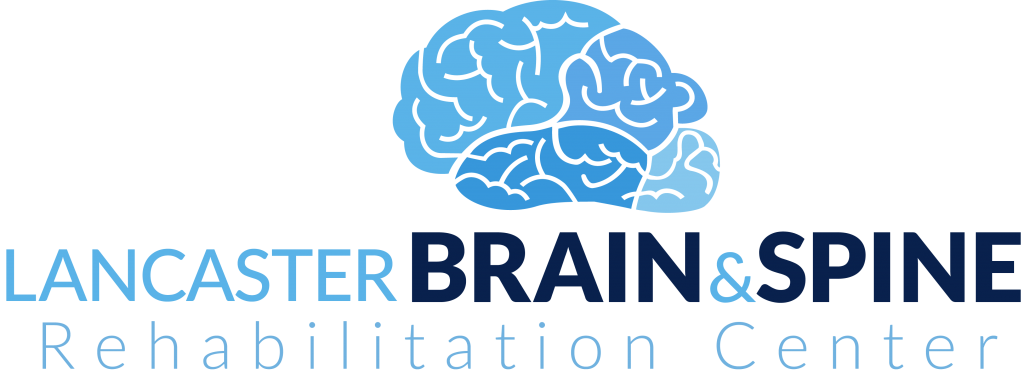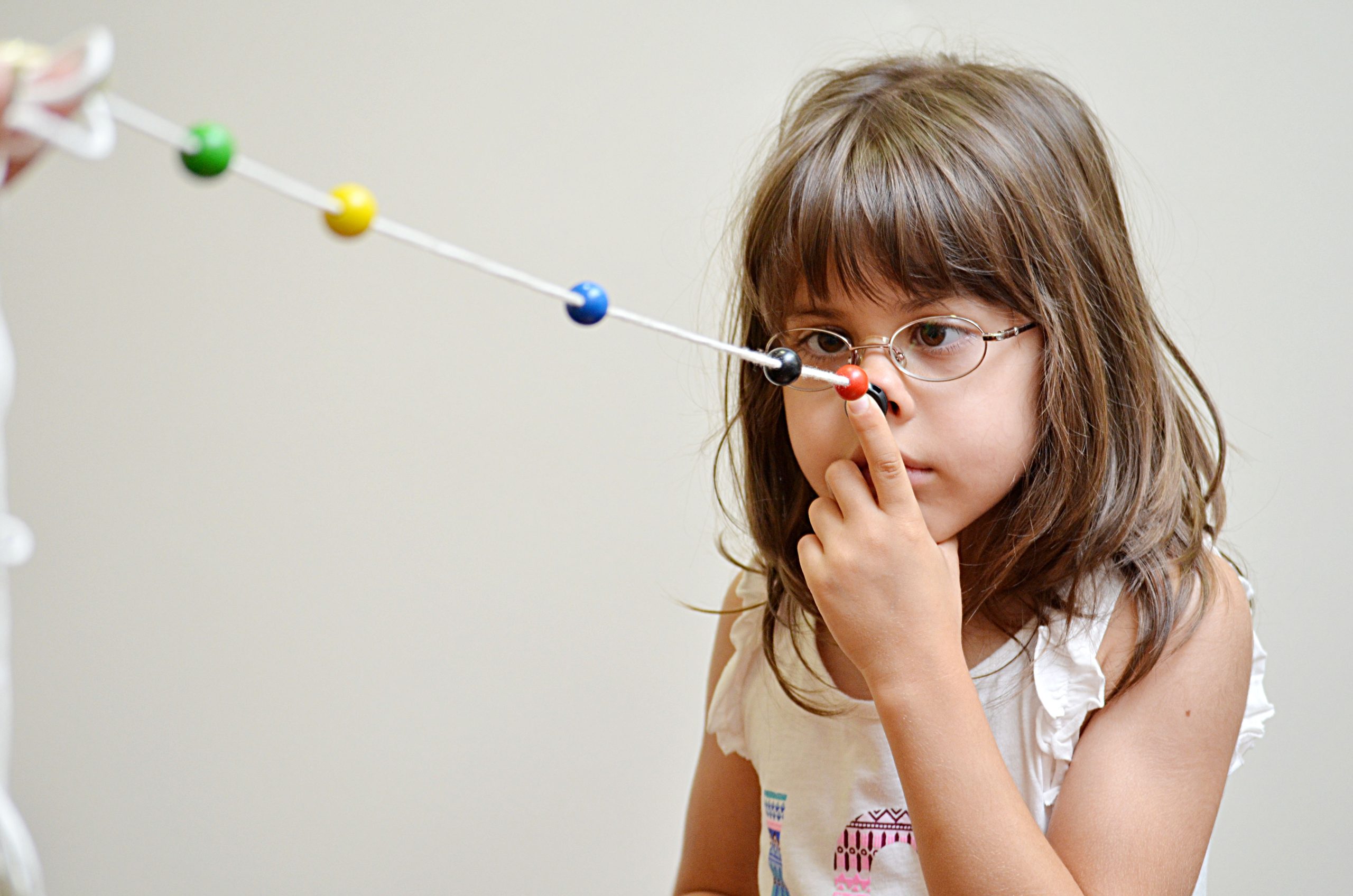
Last month, we focused on a fascinating aspect of brain function and health—eye movements. Eye movements can reveal so much about how the brain is working, and at our functional neurology clinic, they are a key part of our diagnostic and therapeutic approach. Understanding these movements and what they tell us can help uncover neurological dysfunctions that might otherwise go unnoticed. In this blog post, we’ll dive deeper into the eye movements we discussed on our Instagram, why they matter, and how we evaluate and train these movements in our clinic.
VNG: A Tool for Comprehensive Eye Evaluation
One of the main tools we use to evaluate eye movements is video nystagmography (VNG). This technology allows us to record and analyze eye movements in great detail, helping us assess various neurological conditions, from vestibular dysfunctions to concussions. By tracking the eye’s response to specific visual and physical stimuli, we can get valuable insight into the brain’s ability to control movement, focus, and balance. VNG helps us measure responses like saccades, pursuits, and the optokinetic response (OPK), giving us a clearer picture of how well the brain and body are communicating.
Saccades: Quick Movements with Big Implications
Saccades are the rapid, quick eye movements we make when shifting our gaze from one object to another. They are automatic and necessary for tasks like reading or scanning a room. In functional neurology, saccades tell us about how the brain is processing information and controlling motor functions. Impaired saccades may point to issues with attention, focus, and cognitive processing speed, or they may suggest damage to areas like the cerebellum or brainstem. By assessing the accuracy and speed of saccades, we can help patients improve their eye movement control and, in turn, their overall brain function.
Pursuits and OPK: The Brain’s Ability to Track Movement
Pursuits, or smooth pursuit movements, are slow, controlled eye movements that allow us to track moving objects. For example, when you watch a car drive down the street, your eyes follow it smoothly. Poor pursuit movements can indicate neurological problems that affect balance, focus, or visual processing. Alongside pursuits, we evaluate the optokinetic response (OPK), which measures the eye’s ability to follow a moving object while being aware of the background. OPK is crucial for spatial awareness and can reveal deeper insights into how the brain integrates visual information.
Convergence and Divergence: Working as a Team
Convergence and divergence are movements that help the eyes work together as a team. Convergence occurs when the eyes move inward to focus on a nearby object, while divergence happens when they move outward to focus on something farther away. These movements are essential for tasks like reading, and problems with convergence or divergence can cause headaches, eye strain, and difficulty concentrating. To evaluate these movements, we often use Brock Beads, a simple but effective tool for training the eyes to improve convergence and divergence. This helps retrain the brain and eyes to work together smoothly, improving both vision and cognitive function.
Nystagmus: Involuntary Eye Movements
Nystagmus is an involuntary, repetitive movement of the eyes that can be horizontal, vertical, or rotary. It’s usually a sign of an underlying neurological or vestibular issue. By studying nystagmus, we can uncover dysfunctions in the vestibular system, which plays a key role in balance and spatial orientation. Identifying nystagmus is important for diagnosing conditions like vertigo, concussion, or other balance-related disorders, allowing us to tailor specific therapies to help manage these issues.
Square Wave Jerks: Small Movements, Big Clues
Square wave jerks are small, quick eye movements that interrupt fixation—when the eye is trying to stay focused on a single point. While they may seem minor, these movements can be indicative of more significant neurological problems, particularly in the brainstem or cerebellum. Monitoring square wave jerks can help us evaluate the integrity of these areas of the brain and guide treatment approaches that focus on improving motor control and stability.
Eye Alignment: Hypotropia, Hypertropia, Esophoria, and Exophoria
Issues with eye alignment, such as hypotropia (one eye pointing downward) or hypertropia (one eye pointing upward), can indicate neurological imbalances affecting the muscles that control eye movements. Similarly, esophoria (inward deviation) and exophoria (outward deviation) point to problems with binocular vision—how well the eyes work together. These conditions can lead to double vision, headaches, or eye strain, especially during tasks that require focus, like reading or working on a computer. Correcting these imbalances through therapies that train the eyes to align properly can significantly improve a patient’s daily functioning.
Why Eye Movements Matter in Functional Neurology
In functional neurology, eye movements offer a window into the brain’s health and function. When we evaluate how the eyes move, track objects, or focus on specific points, we are really assessing how different parts of the brain are working together. Issues with eye movements can indicate broader neurological problems that affect balance, coordination, cognitive processing, and focus. By addressing these issues through targeted therapies, we can help patients improve not just their vision, but their overall brain function and quality of life.
What We’ve Learned and What’s Next
Last month, we took a deep dive into eye movements on our Instagram page, exploring how they reveal important insights into brain function. This month, we’ll continue to expand on these ideas, offering more information on how we use advanced diagnostic tools and therapies to address neurological dysfunctions. Whether it’s training the eyes to work together or improving how the brain processes visual information, we’re committed to helping our patients regain control of their health.
Stay tuned as we continue to explore these important topics and showcase the powerful ways functional neurology can make a difference in your life!






